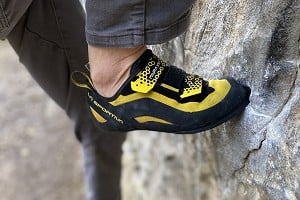
Back when I started climbing in the early 2000s, the Testarossa was what the cool kids wore. As an impressionable young lad, I would see photos of the strong climbers down the wall wearing them on their European sport climbing trips, on climbs that I perceived impossible. Back then, performance didn't really factor into what made a good shoe, at least in my mind. They just looked cool. Fast forward nearly twenty years (gulp) and La Sportiva have released their second generation Testarossa. These days, I judge shoes slightly differently, but I was intrigued to see how the 'cool' shoe I remembered from my early years of climbing had been reinvented.
Functionality
The Testarossa is a downturned, highly asymmetrical shoe which forces a lot of your body weight onto the big toe. Since the release of the original Testarossa in 2003, climbing has ventured more into overhanging terrain and climbers tend to rely far more on both ends of the shoe, so in many ways, the shoe was due a redesign.
Like many shoes in the La Sportiva range, the asymmetry means that one of the shoe's best uses is European limestone where clawing into pockets is essential. This has generally matched with expectations when testing the shoe; it has performed well on steep limestone, but less so on gritstone where surface area and friction are paramount.
Fit
To compare the shoe to other models in the La Sportiva range, it has a slightly wider last than, for example, the Solution. My foot has quite a narrow shape and fits the Solution comfortably, and whilst the Testarossa is possibly slightly too wide for me, this is mitigated by an asymmetrical lacing system which allows you to really tension the shoe around your foot.
Out of the box, the shoes felt snug to the foot, although over time the leather has begun to bag out, resulting in some movement within the shoe.
Forefoot
The shoe strikes a good balance between a stiff forefoot and the new wave of super soft modern shoes; there is enough support for sustained edging on long routes and also a great deal of sensitivity for those that really like to feel what they're standing on. The rubber is 3.5mm of Vibram XSGrip2 and to put that into context, it's the same as the La Sportiva Solution, or the Unparallel Sirius.
The top of the shoe has rubber covering the big and middle toes, something that is commonplace in aggressive, downturned shoes these days. It gives you a range of options, particularly on slightly harder climbs where you might be toe hooking and scumming (using the friction of the top of your foot). However one issue here is that the lacing system is so far down the shoe that it can interfere.
Underneath the shoe, there is a concave shape on the sole. This helps to keep your foot tensioned in a downturned position and reduces any dead space in the toebox. I was slightly surprised how flexible the toebox was. This isn't necessarily a criticism: although it means it may be less supportive on sustained vertical edging, it will also be more adaptable to smearing.
Midsole/Uppers/Heel
The midsole is flexible, meaning the Testarossa is malleable on different terrain and gradients. Due to the lack of rigidity in this part of the shoe, I would argue it isn't one for long and sustained routes where edging is important. Instead, its optimum habitat would be on overhanging terrain.
The uppers are made from a combination of suede leather and microfibre. I mentioned previously that the shoes have a tendency to bag out after a while.
One of the more striking elements of the new Testarossa is the completely redesigned heel. It is one piece of hard rubber, which I have found quite difficult to use effectively. The issue is that it seems too hard and inflexible, particularly when using marginal heel hooks where some give in the heel is essential. I also find the heel slightly slippier than the rubber on the rest of the shoe. That said, the shoe's forte is sport climbing, where marginal heel hooks are often less of a thing than when bouldering.
The original Testarossa simply had a baggy heel attached to a band that applied pressure around the top of the Achilles. The other reason for the redesign of the heel is to even out the pressure across the shoe, allowing a snugger fit. I am pleased to say they have been quite successful and there is very little dead space in the shoe and the heel feels cinched to your foot when the shoe is tied, providing a comfortable and balanced feel.
Women's Version?
Sadly there is no directly comparable women's version, but La Sportiva boasts an impressive range that is more specifically designed for the shape and size of women's feet.
Summary
The new iteration of this classic is a worthy successor to the original Testarossa, and a useful 'all round' rock shoe, particularly on routes. The fit is superb, especially considering the last is slightly too wide for my foot. This excellent fit owes a great deal to the attention that La Sportiva have given to distributing pressure evenly around the shoe, helped by the new, studier heel design. Whilst I would have enjoyed a more sensitive heel to really feel what I'm pulling on, I appreciated that it is not necessarily the shoe's modus operandi. With an RRP of £150.00, the price is at the upper end of the scale and there are definitely cheaper alternatives, however, the build quality is superb and the shoes are still going strong after extensive use. The Testarossa MkII will please devotees of the original and route climbers alike and is a worthwhile addition to the excellent La Sportiva range.
La Sportiva say:
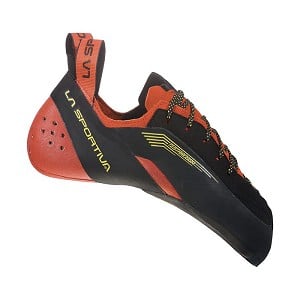
The perfect combination of synthetic and natural materials, this shoe is the ideal compromise between comfort and technicality. The use of linings only on the toe and on the heel, leaving the central part unlined, allows the climbing shoe to combine the qualities of breathability and comfort of leather with the precision and durability of an lined shoe. The patented edge randing system is an active part in the functioning of the shoe and distributes the plantar tension progressively. The asymmetrical lacing system allows custom adjustment of the interior volumes. The particular construction system, which places the sole only on the front part of the shoe, allows for a better snug fit of the arch, while the heel adopts a modern construction designed to improve performance in heel hooks. Testarossa: an instant classic.
- Upper: A combination of suede leather and microfiber slip last
- Lining: Pacific toe and heel. Dry-best tongue. Unlined in the middle.
- Midsole: Hytrel, anatomical support of the metatarsal arches and P3 system.
- Sole: Vibram XSGrip2 3,5mm
- Weight: 470g per pair (La Sportiva's figure)
- Patent: P3 System
- Sizes: 34-45 (half sizes included)
For more info see lasportiva.com





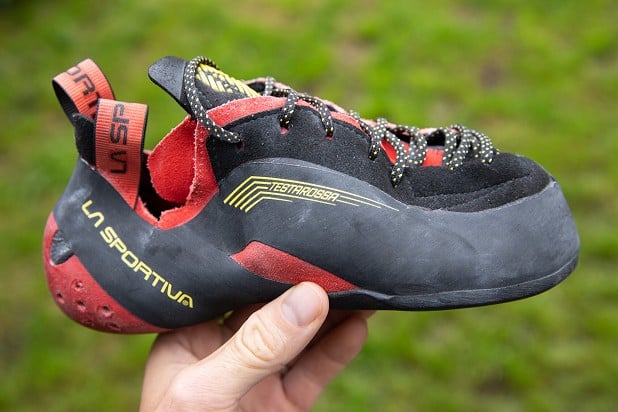
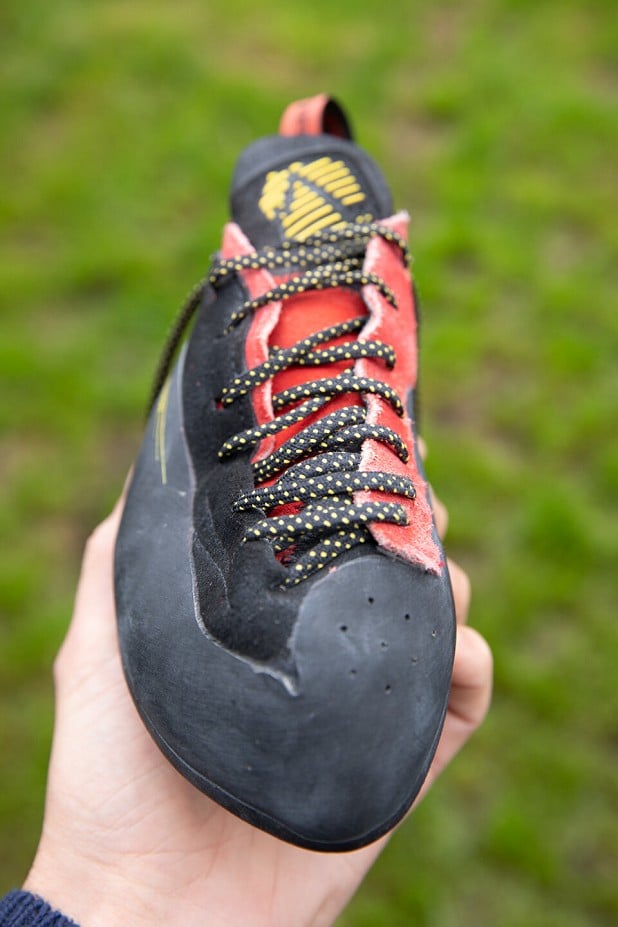


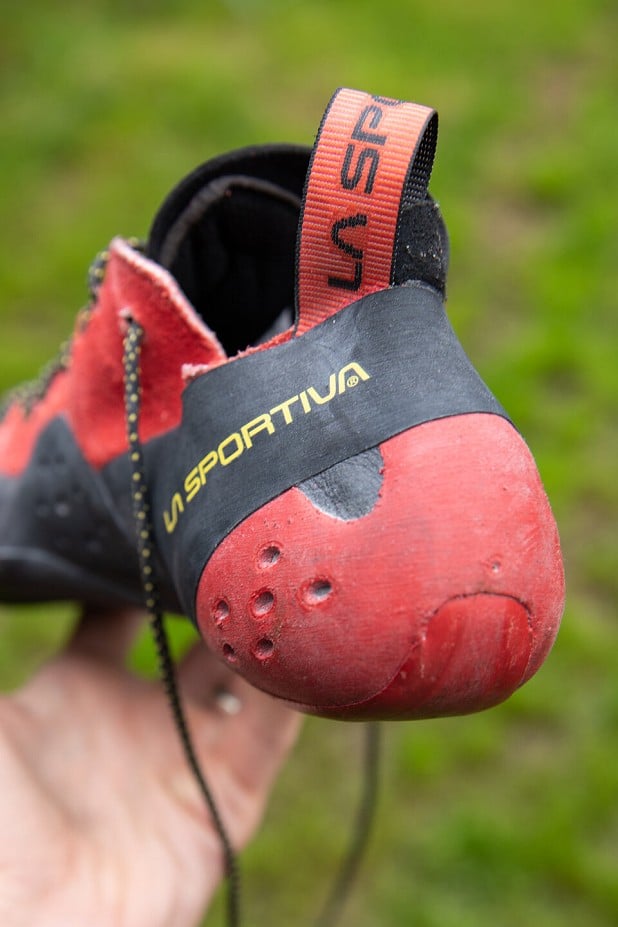
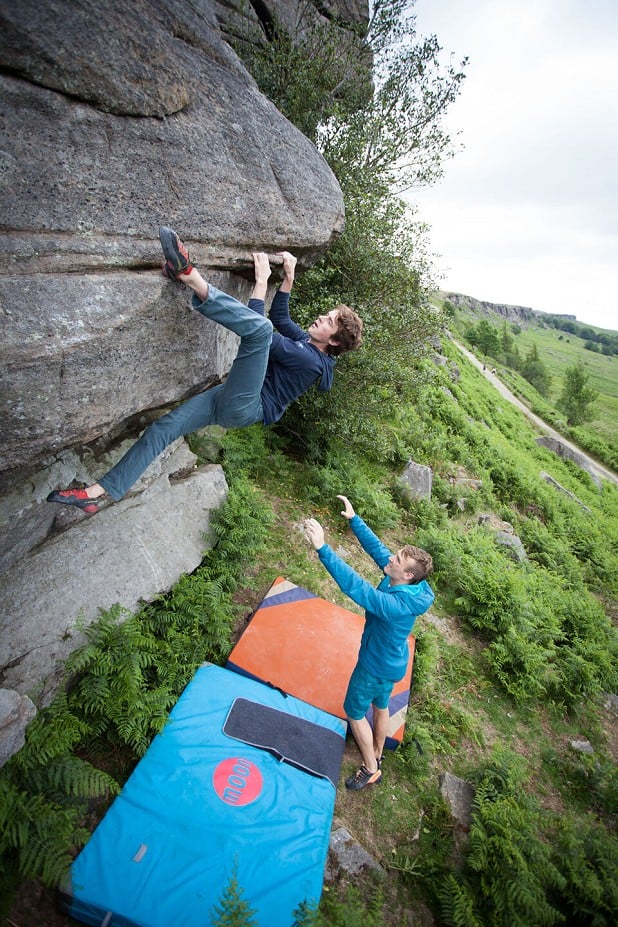
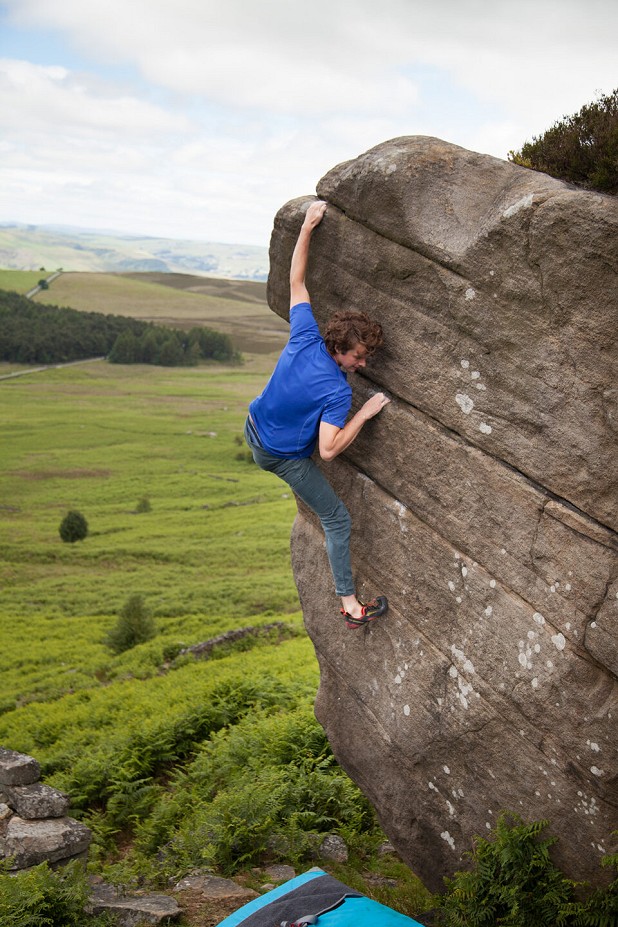

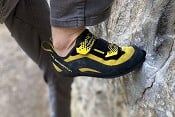
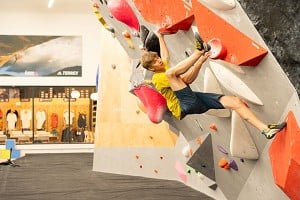
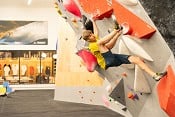
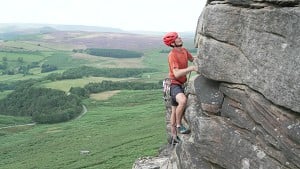

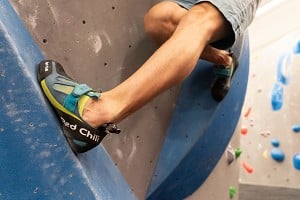
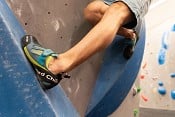
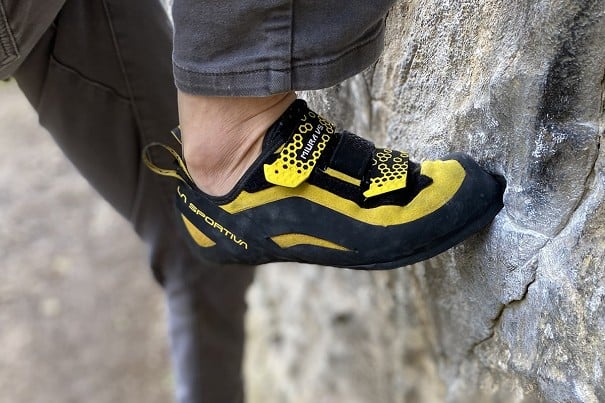
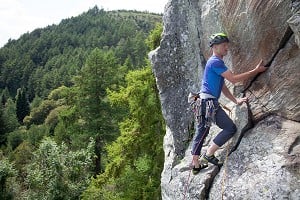
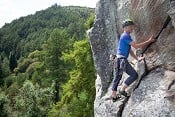

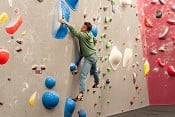
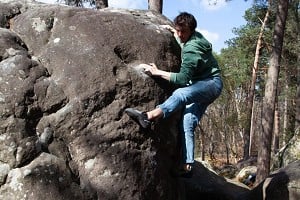
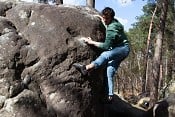

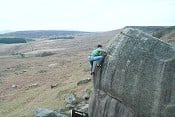
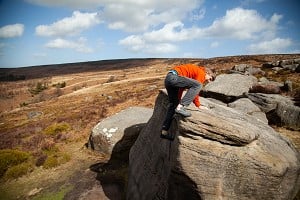
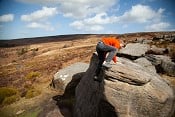
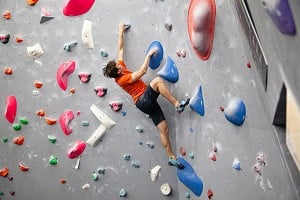

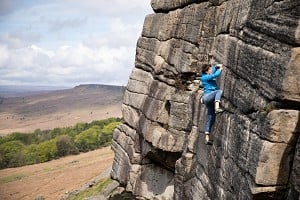
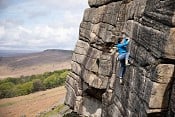

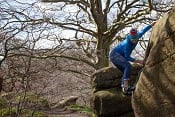
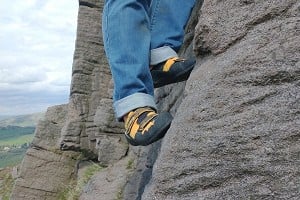
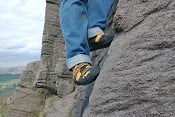

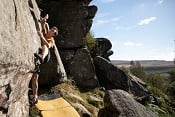

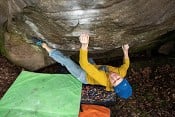
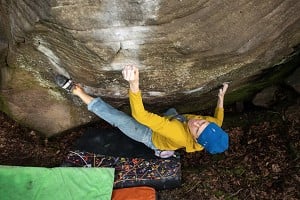
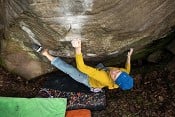
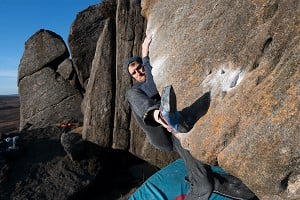
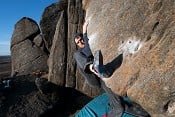
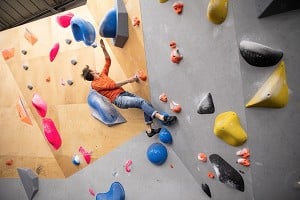

Comments
Having worked on both and worn the new Mago a lot, the 2 are very different. The Mago is lighter, more asymmetric and far more flexible so much more big toe focused. The sole patch on the Mago is much smaller making it feel far softer, and the heel is closer fitting and has better hooking ability. The feedback I’ve received from most Testarossa users is that they miss the old shoe, and dislike the bulky solid heel! I see a big increase in resole requests on originals as a result. For me the Mago is the better choice, but each to their own :)
My old Testarossas died the death after the last resole. I always resoled in C4 and they were the best shoes I’ve ever worn, best looking too. I never had an issue with the heel, and actually found the bagginess there a bit of a shock absorber latching heel hooks.
No idea about limestone pockets, but what the old shoe was amazing for was standing on marginal edges and nubbins, especially on hard techy bouldering. So many times I've struggled on a problem with other shoes then put the Testarossas on... Suddenly easy! I hope the new ones have the same precision edging powers, but in the meantime I've stocked up with another pair of the old ones to keep me going.
Somewhat surprising to read the lack of enthusiasm for these new Testarossas; for me they are the best all round sport shoe I’ve owned for the 7a-8a bracket on granite or limestone. Super comfortable straight out the box and they excel on anything vertical and steeper, edges or pockets. Maybe my feet are weird but they heelhook better than my solutions too.